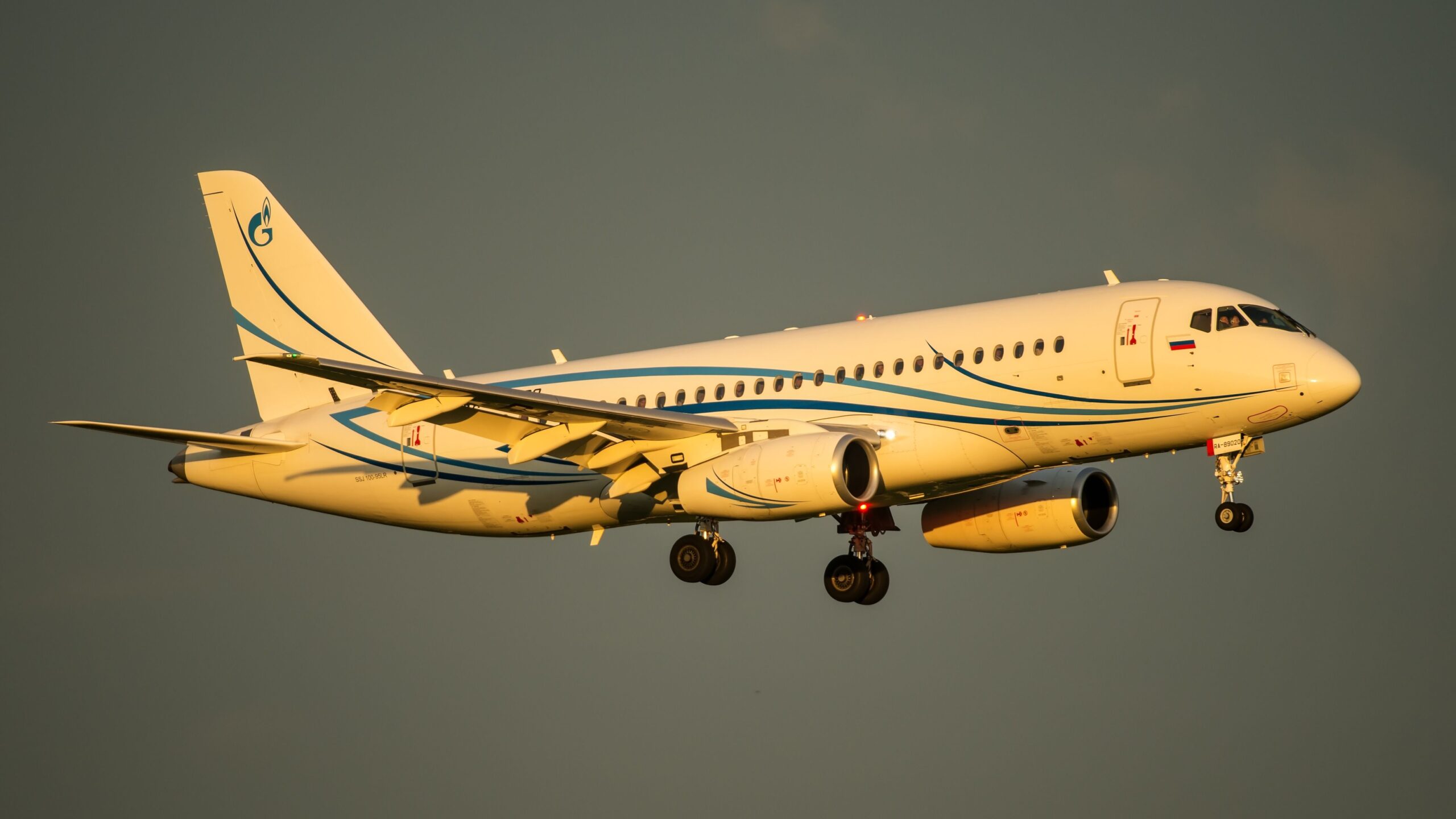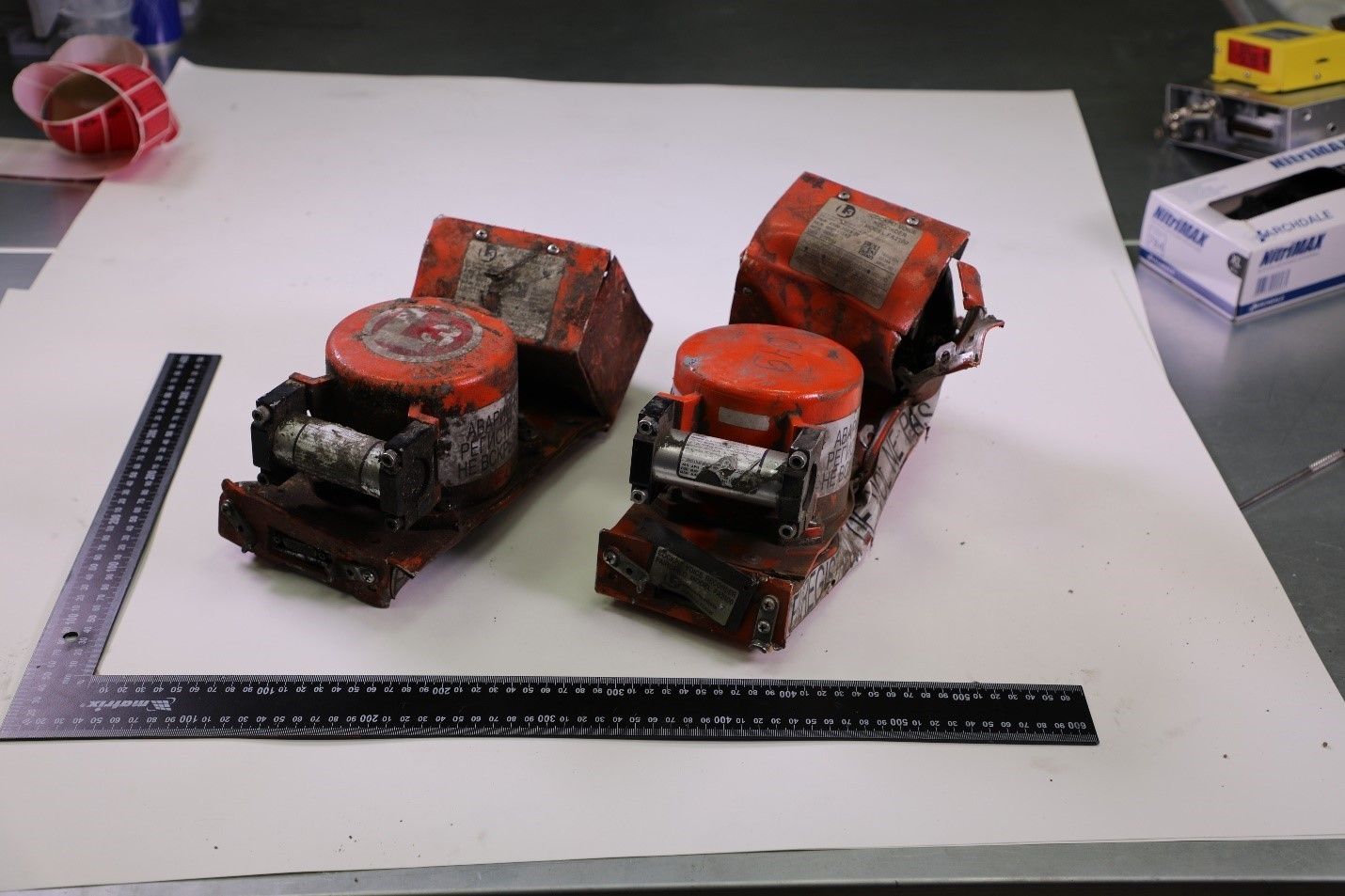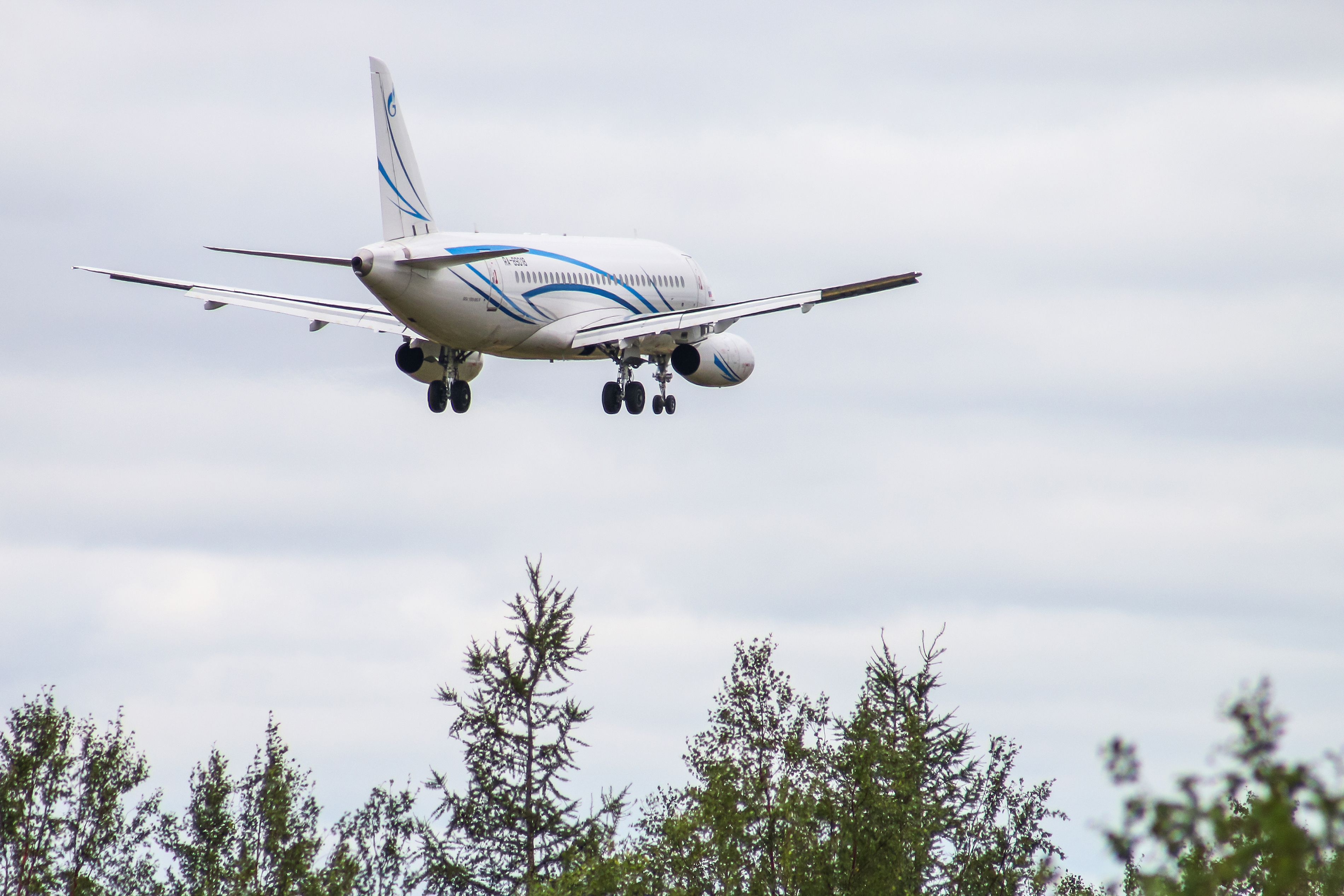Summary
- MAK’s preliminary report outlines errors in Sukhoi Superjet 100’s control systems during its crash.
- The crew faced erroneous speed & navigation warnings, faulty autopilot, difficult manual controls, culminating in the fatal accident.
- The safety recommendations include ensuring proper sensor installation & pilot training for similar emergencies.
On August 30, 2024, the Russian Interstate Aviation Committee (MAK) released a preliminary report on a fatal crash that took place in mid-July in Moscow. The accident involved a Gazprom Avia Sukhoi Superjet 100 narrowbody aircraft and resulted in the deaths of three crew members.
A recap of the Superjet 100 crash
On July 12, 2024, the Gazprom Avia Sukhoi Superjet 100 aircraft, registered as RA-89049, performed flight 4G-9608 from Lukhovitsy Airfield to Moscow Vnukovo Airport (VKO) with three crew members onboard: the aircraft commander, second pilot, and flight attendant.
After periodic maintenance, the aircraft departed from Lukhovitsy and was on its first flight following the repairs. Moments after takeoff, the Superjet 100 began to descend, eventually diving and crashing, which was followed by an explosion on the ground.
Immediately after the crash, a rescue operation was launched at the accident site. During this operation, parametric and audio data recorders were recovered and sent to the MAK. The recorders had been exposed to high temperatures and sustained significant mechanical damage.
Photo: The Russian Interstate Aviation Committee (MAK)
At the MAK laboratory, specialists took steps to preserve the data and prevent further loss. They successfully copied all flight information, which was then prepared for decoding and analysis.
Circumstances of the accident
While the investigation to determine the cause of the accident is still ongoing, MAK’s preliminary report established the circumstances of the accident.
According to the report, the flight had been approved, and all pre-flight checks were normal. The autothrottle was engaged before takeoff, and the autopilot was activated at 550 feet. Five minutes into the flight, while cruising at 5,160 feet with a pitch angle of 5 to 6 degrees and angle of attack of 10 to 11 degrees, the aircraft began to descend with a pitch angle of up to 4 degrees. The indicated airspeed was 200 knots and increasing, and the flaps and slats were fully retracted.
Photo: Art Konovalov | Shutterstock
As the aircraft descended, the crew disengaged the autopilot and autothrottle, taking manual control. The aircraft initially descended to 4,500 feet and then climbed to 4,750 feet. At six minutes into the flight, at 320 knots and with the overspeed warning active, the Superjet 100 began a descent with an increasing pitch angle. The flight crew’s efforts to correct the descent were unsuccessful. According to the report,
“Flight parameters recording ceased at 14:59:15, last recorded parameter values: indicated airspeed – 365 knots, vertical descent rate – 17,000 ft/min, pitch angle – 25 degrees to nose-down, bank angle – 25 degrees to the right. Engines operated until the recording ended.”
Preliminary report findings
According to the report, the flight had been approved, and all pre-flight checks were normal. The aircraft took off as expected, but soon after, the crew received multiple error messages related to the aircraft’s speed and navigation systems. Despite verifying that their speed indications were correct, these error messages persisted.
The aircraft experienced further complications during the climb, including overspeed warnings and issues with the automatic deployment of speed brakes. After the autopilot and autothrottle were disengaged, the crew struggled to control the aircraft manually. Despite efforts to manage speed and climb, the aircraft continued to descend and eventually crashed.
The report also highlighted recent maintenance involving the replacement of angle of attack (AOA) sensors, which may have contributed to the issues. In a statement, MAK said:
“The Committee continues to work on collecting and analyzing information on the operability of aircraft systems and units, assessing the training and actions of the crew, preparing and conducting experiments in the interests of the investigation and modeling a special situation in flight.”



